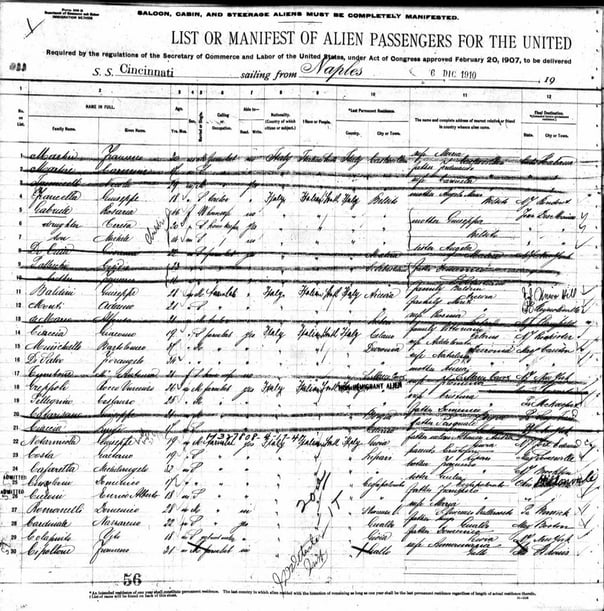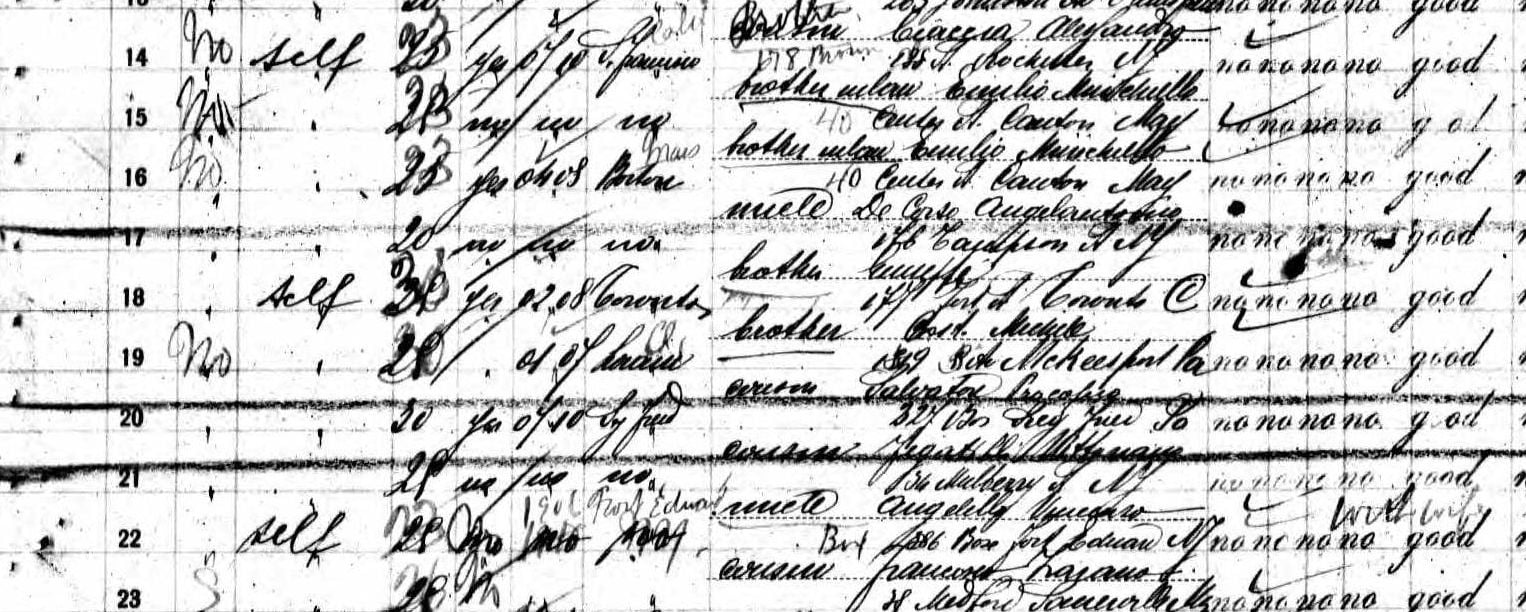I just returned from representing the New England Historic Genealogical Society at the Southern California Genealogical Jamboree’s forty-fifth annual event in Burbank, California. In addition to getting the opportunity to meet some of the great NEHGS members who live in and around California, I also had an opportunity to give three different lectures: “Following the Crumbs: Tracing Family History Through Land Records,” “Tracing Your Italian Ancestry to the Old Country,” and “Tales of a Genealogist” at the NEHGS Breakfast.
Many commented that the land records lecture was a fun approach to what is often a very dry subject. I was thrilled to hear this because genealogy is supposed to be fun. And if we aren’t having fun at it, then we are doing something wrong. The breakfast was just a great time to share some of those “You can’t make this stuff up” stories.
Those who know me know that I love Italian research and I enjoy helping researchers who are just getting started in their research. Having the opportunity to talk about Italian research was something I was looking forward to, and I was happy to hear that people got some great information from the lecture. One woman who attended the lecture stopped by the NEHGS booth later asking for help in deciphering the less than impressive handwriting on a passenger list. I had to admit that between the bad writing and the dark photocopy, it was going to take some time. So instead I looked the passenger list up online and began the task of zooming in and out, while looking at how the letters of other names and places that were easier to read were formed. And when you added the line that was drawn through the name, it was understandable why it had been difficult to decipher.
In the end the name turned out to be Vittoriano Fegatelli, a cousin of the immigrant and the person whom he was going to visit in America.
When the woman returned to see if I had been able to decipher it, I shared with her the information on the name, but I pointed out to her that the line drawn through the name of her ancestor indicated that he had not actually traveled on the boat. She cocked her head and responded “Really? Are you sure? I was told that the line meant that he was naturalized.”
It is true that there are shorter lines on these passenger lists with the words “U.S. Citizen” written above it for those who had been naturalized and thus should not have had to respond to the many questions being asked of immigrants in 1910. However, when a line was completely crossed out, through the immigrant’s name and all subsequent information, this indicated that the person did not travel on that ship for that voyage.
There are many markings on a passenger list, some indicating naturalization or detention before a board of special inquiry, but others indicate that the listed passenger(s) did not make the passage.
Passenger lists, along with immigration, will always be a passion for me, and I enjoy interacting with members and others at the conferences and here at the NEHGS Research Center in an effort to assist them with their nineteenth- and twentieth-century immigrants.
Share this:
About Rhonda McClure
Rhonda R. McClure, Genealogist, is a nationally recognized professional genealogist and lecturer specializing in New England and celebrity research as well as computerized genealogy; is compiler of more than 120 celebrity family trees; has been a contributing editor for Heritage Quest Magazine, Biography magazine and was a contributor to The History Channel Magazine and American History Magazine. In addition to numerous articles, she is the author of ten books, including the award-winning The Complete Idiot's Guide to Online Genealogy, now in its second edition, Finding Your Famous and Infamous Ancestors, and Digitizing Your Family History.View all posts by Rhonda McClure →

